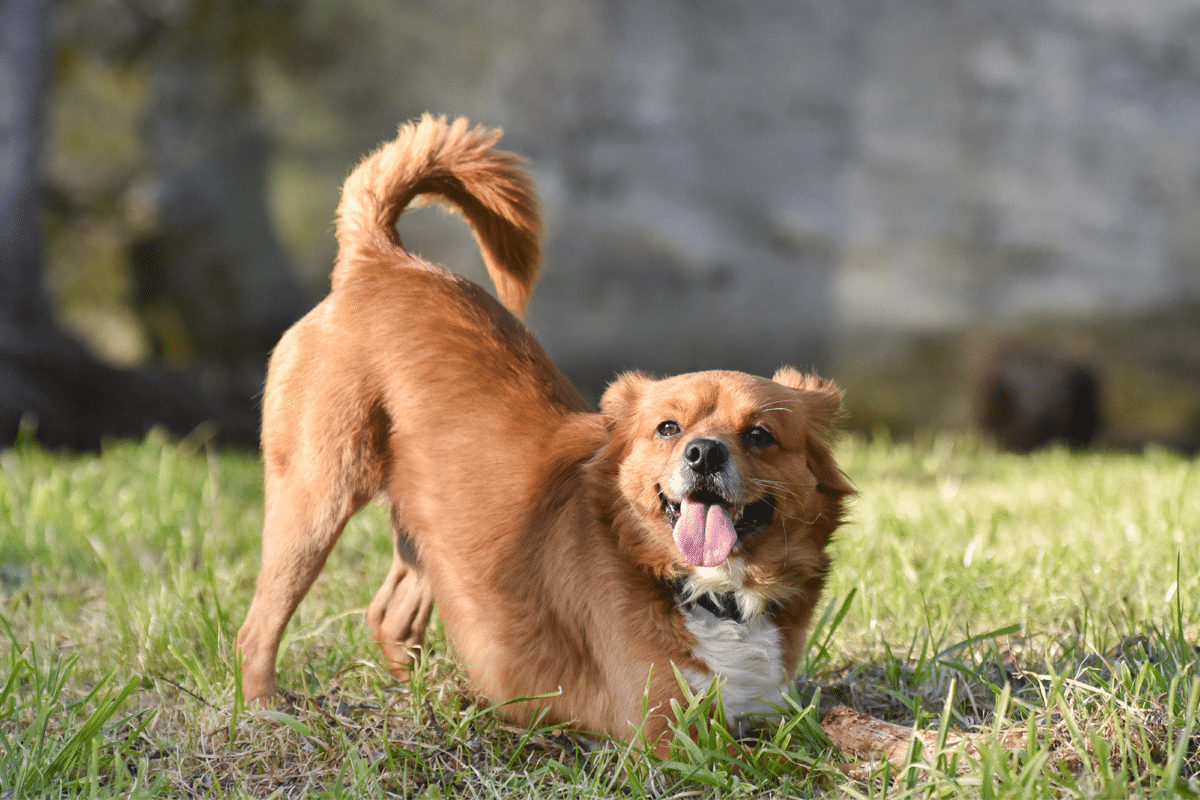 Shutterstock
Shutterstock
Dogs may not speak our language, but they express a lot through their tails. Every wag, twitch, and position reveals something about their emotions, intentions, or even health. A moving tail can signal excitement, nervousness, curiosity, or even act as a warning. Learning to recognize these signals allows you to understand their needs better, respond appropriately, and build a stronger bond. By paying close attention to tail movements, you can decode what your furry friend is trying to tell you and ensure they feel safe, happy, and understood.
The Happy Helicopter Wag
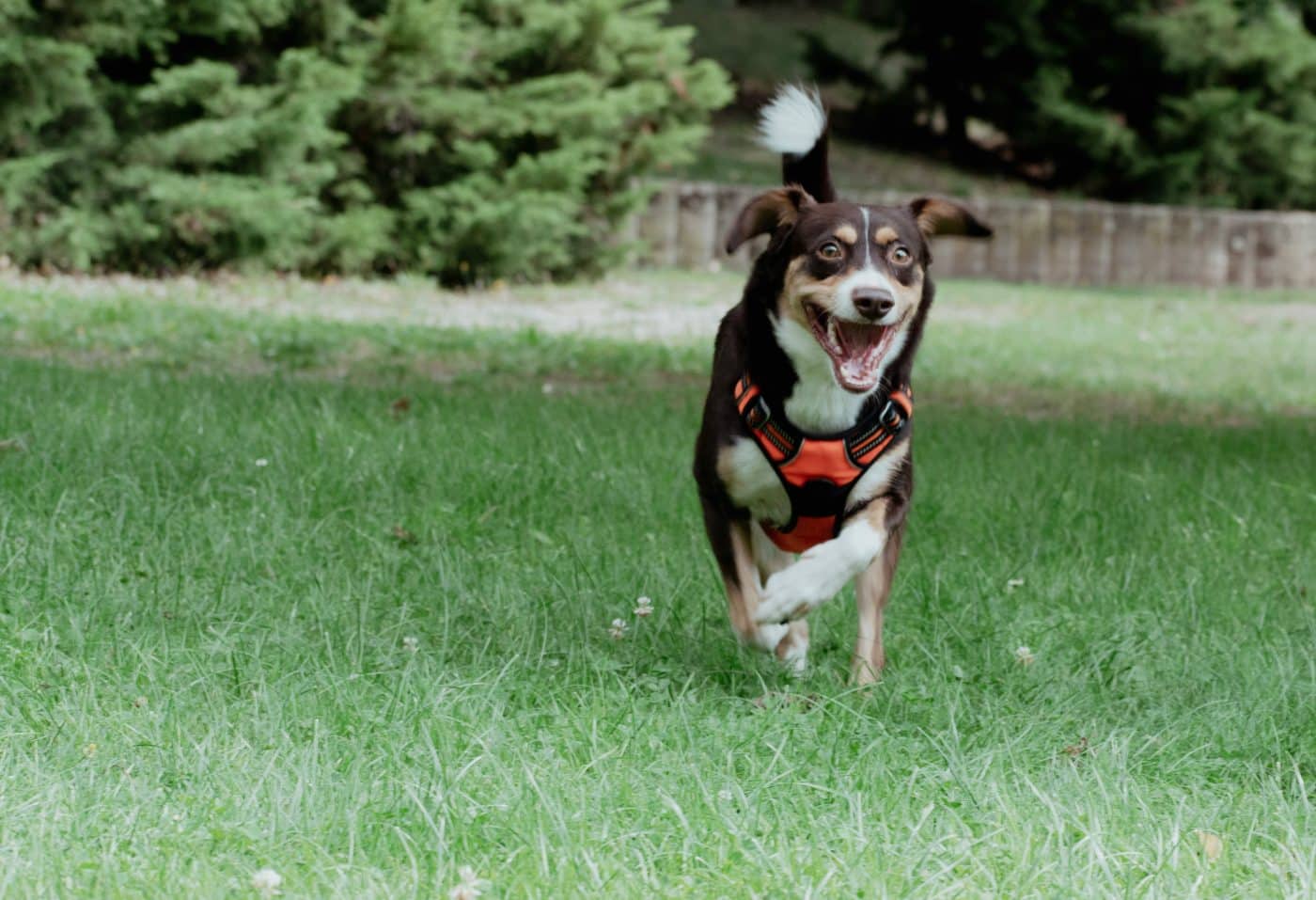 Shutterstock
Shutterstock
A full-body wag with a tail spinning in circles is a sign of pure joy. This movement usually happens when a dog greets a beloved human or a friendly animal. The circular motion means they are overwhelmed with happiness and can’t contain their excitement. If your dog’s tail moves like a propeller, they are thrilled to see you and ready for affection.
The Quick and Wide Wag
 Shutterstock
Shutterstock
A tail wagging fast and wide at a low or medium height signals friendly excitement. This happens when dogs meet new people or animals and want to interact but aren’t overly confident. It shows they are happy and open to socializing, but they may still be feeling things out. If this wag is paired with a playful stance or a few happy barks, your dog is in a friendly and welcoming mood.
The Slow and Low Wag
 Shutterstock
Shutterstock
A slow wag with the tail held low often means uncertainty or mild nervousness. Dogs use this movement when they are unsure how to react to a situation or a new person. It’s a sign they are assessing things carefully before deciding whether to engage. If your dog’s tail moves this way, they may need reassurance and a little time to feel comfortable.
The Stiff, High Wag
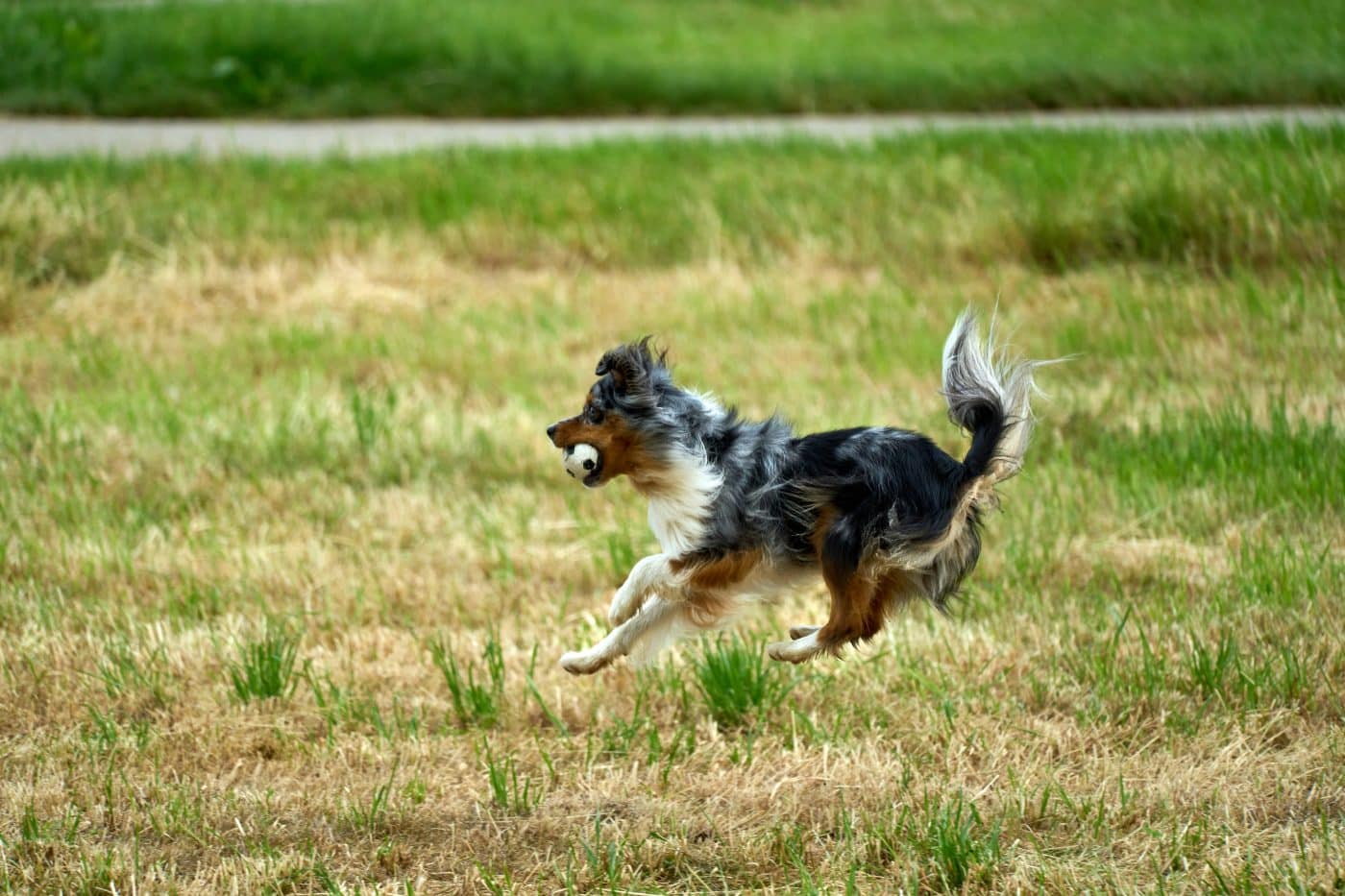 Shutterstock
Shutterstock
A tail raised high and wagging stiffly is often a sign of alertness or confidence. This movement is common when a dog is trying to assert dominance or show they are paying close attention. It can also signal tension, especially if the wag becomes rigid and fast. If you see this, it’s best to monitor the situation closely to prevent any potential conflict.
The Tucked Tail
 Shutterstock
Shutterstock
A tail tucked tightly between the legs is a clear sign of fear or submission. Dogs do this when they feel threatened, nervous, or overwhelmed by their environment. It’s their way of making themselves appear smaller and signaling that they mean no harm. If your dog tucks their tail often, it’s important to provide a safe and comforting space for them.
The Tail Held Straight Out
 Shutterstock
Shutterstock
A tail held straight out without much movement often indicates curiosity or mild concern. Dogs position their tails this way when they are observing something unfamiliar and deciding how to react. This posture suggests they are alert but not necessarily scared or aggressive. If their ears are perked up, and they stay still, they are likely processing new information.
The Wag to the Right
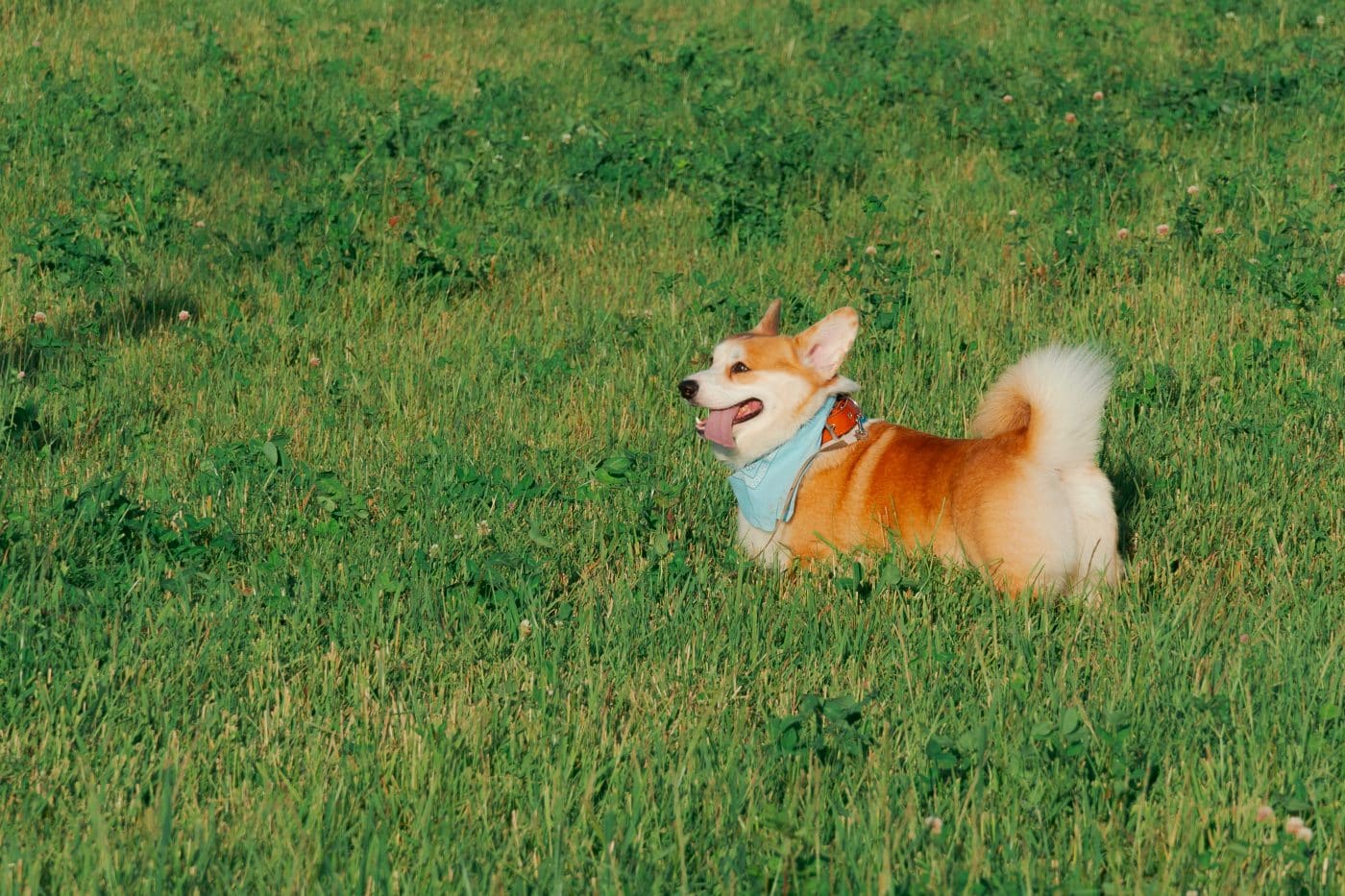 Shutterstock
Shutterstock
Studies suggest that when a dog wags their tail more to the right, they are feeling positive emotions. This type of wag is often seen when they greet someone they love and trust. It’s a small but meaningful sign of affection and happiness. If your dog’s tail moves slightly to the right when they see you, they are showing their emotional connection.
The Wag to the Left
 Shutterstock
Shutterstock
A tail wagging more to the left can indicate uncertainty or unease. Research shows that dogs do this when confronted with something unfamiliar or potentially threatening. It doesn’t necessarily mean they are scared, but they are approaching with caution. If your dog’s tail shifts leftward in a new situation, they may need extra reassurance before feeling at ease.
The Sudden Freeze
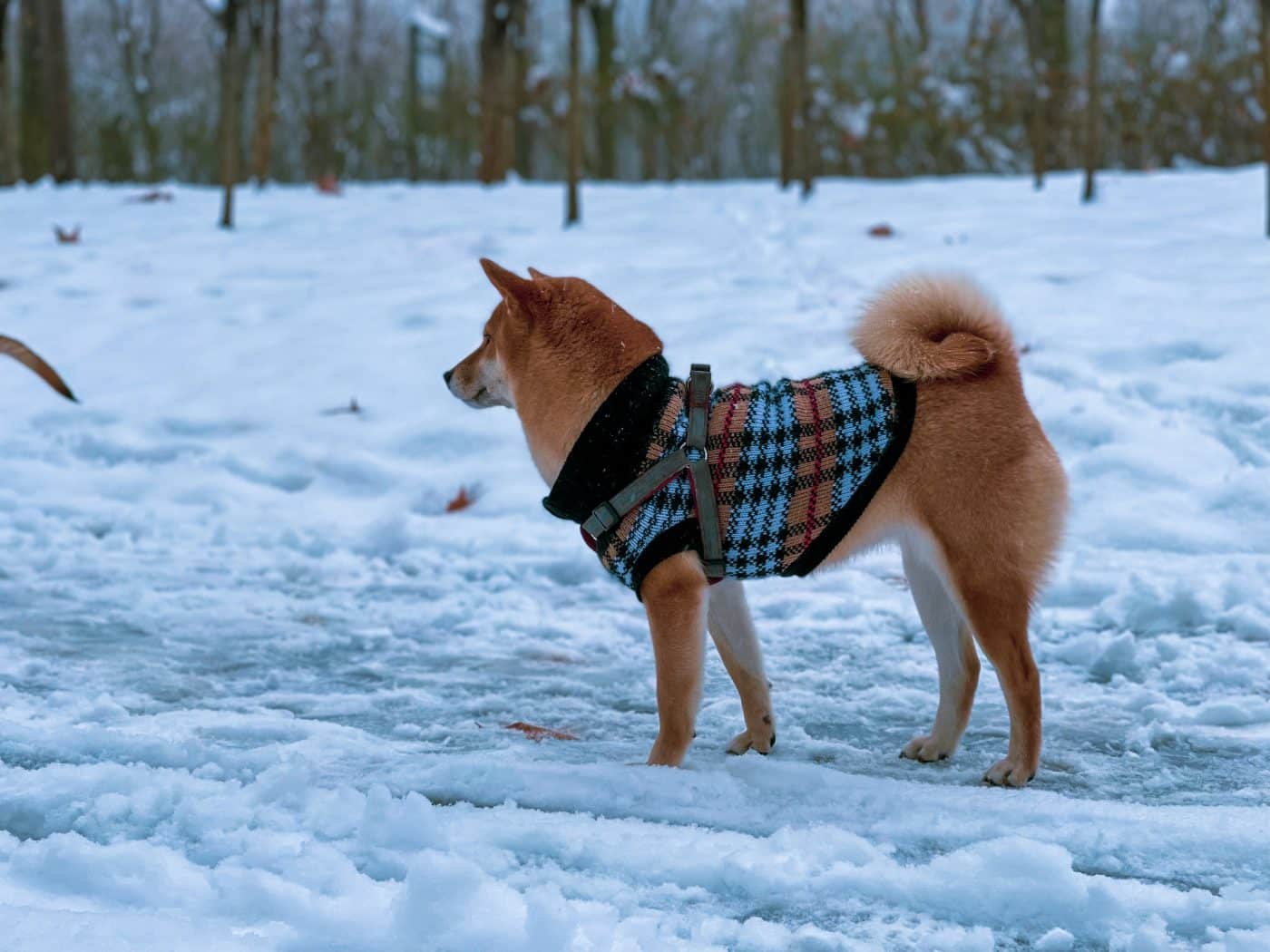 Shutterstock
Shutterstock
A tail that suddenly stops moving and stays completely still is often a warning sign. This usually means a dog is hyper-focused and assessing a situation very carefully. It can be a sign of aggression, deep concentration, or heightened fear. If you notice this, it’s best to observe the rest of their body language and proceed with caution.
The Gentle, Soft Wag
 Shutterstock
Shutterstock
A slow, relaxed wag with a slightly curved tail signals calm contentment. Dogs often do this when they are feeling comfortable and secure, such as when resting near their favorite human. It’s a subtle yet clear sign that they are happy and at peace. If your dog’s tail moves softly while lying beside you, they are simply enjoying the moment.
The Tail Between the Legs with a Wag
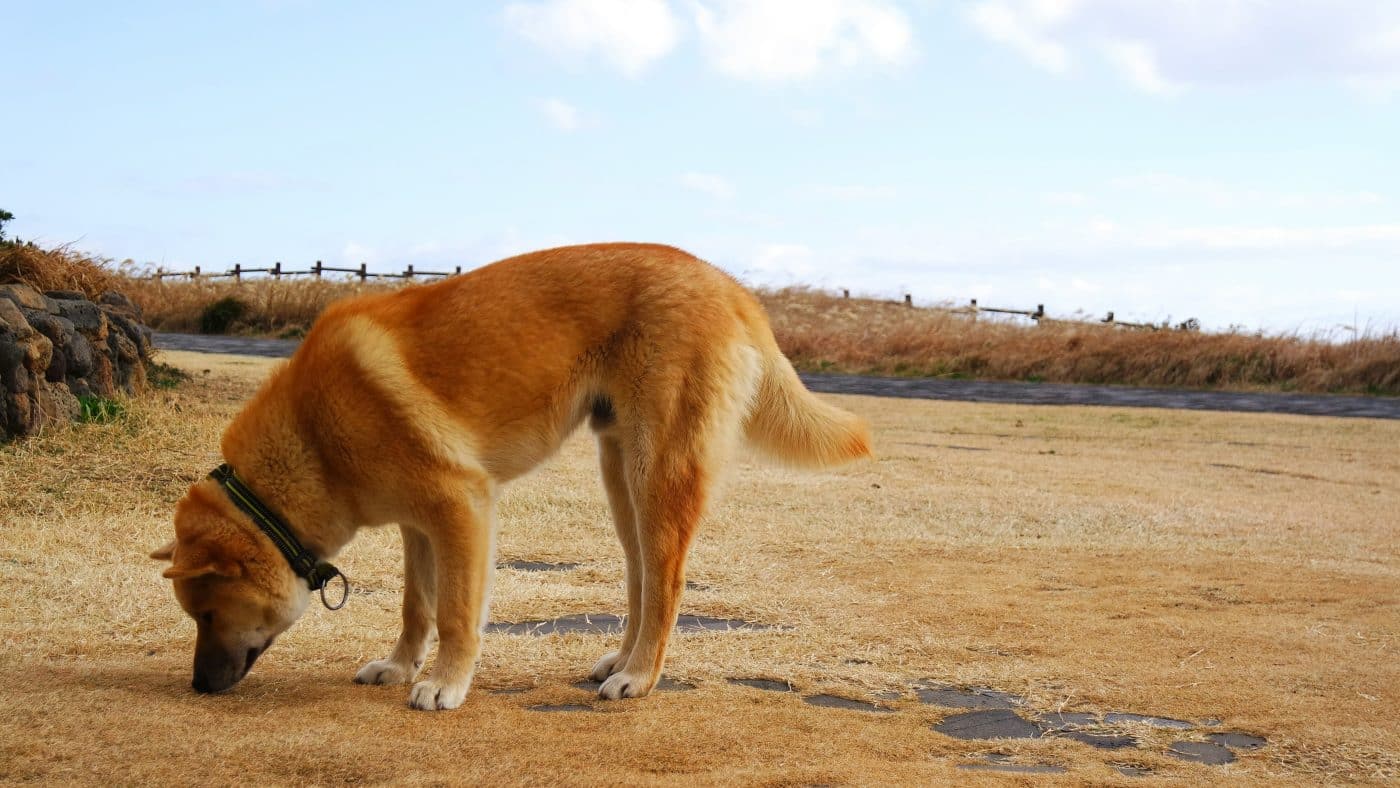 Shutterstock
Shutterstock
A tucked tail that still wags slightly can indicate nervous excitement. Dogs use this movement when they want to engage but feel a little uncertain or timid. It shows they are interested but not completely comfortable in the situation. If your dog does this, gentle encouragement can help them build confidence.
The Tail-End Of The Story
 MidJourney
MidJourney
Understanding your dog’s tail movements is like unlocking a secret language your dog has been using all along. Every wag, pause, or flick carries meaning, revealing emotions like joy, curiosity, or uncertainty. Paying attention to these signals strengthens your bond and helps you respond to your partner’s needs more effectively. A well-timed tail wag might express love, excitement, or even a warning. The next time your dog wags its tail, you’ll know exactly what it’s saying—unless, of course, it’s just a clever trick to score an extra treat!
 Toledo, United States.
Toledo, United States.
